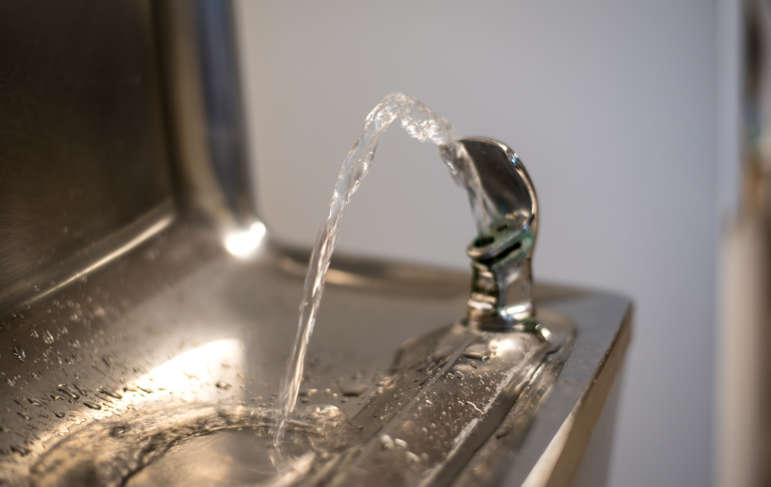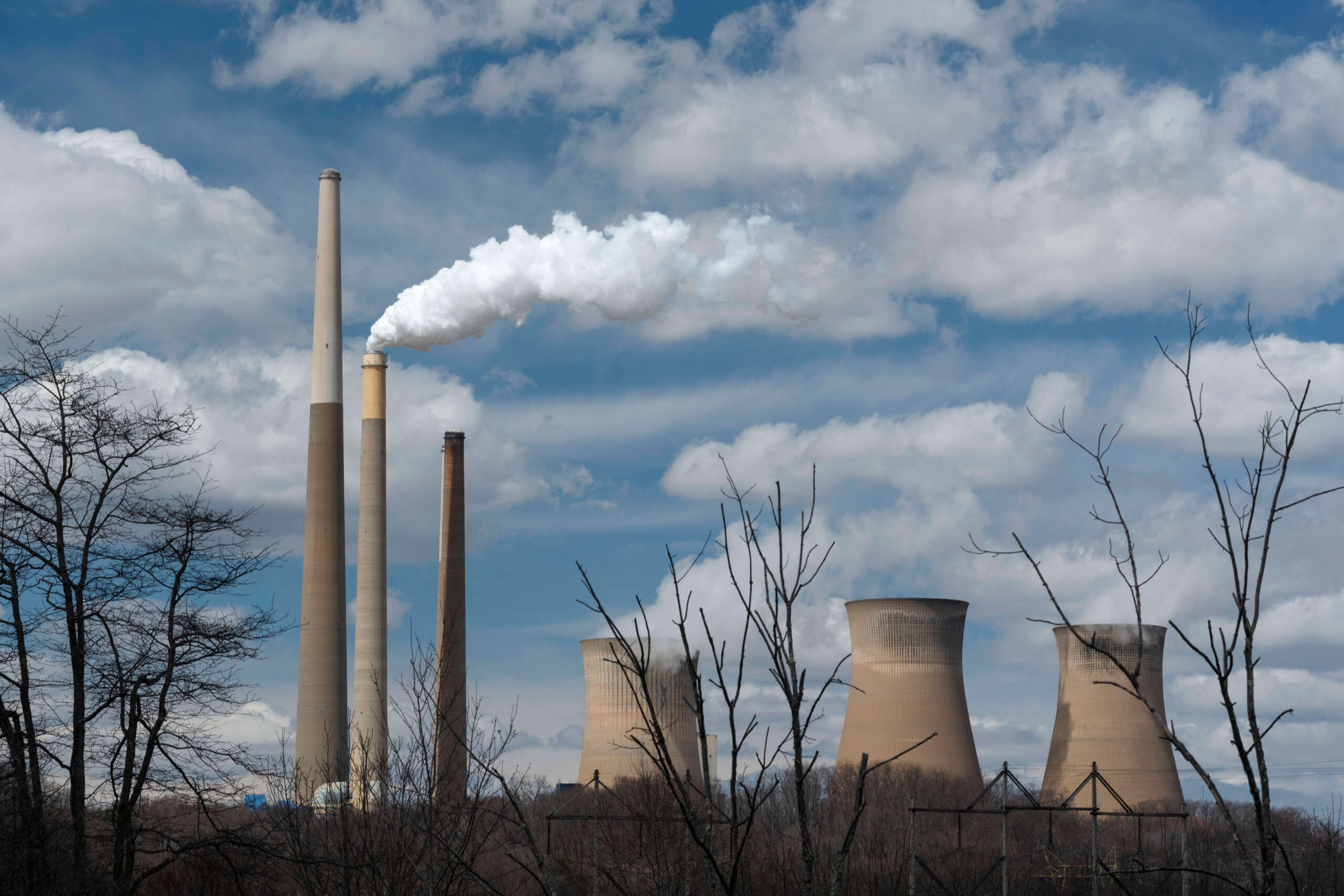Benzene Water Contamination Can Occur in Areas Near Wildfires
People living near areas where wildfires occur could be exposed to harmful carcinogens in their drinking water. In 2020, two communities in Santa Cruz, California had their drinking water contaminated after wildfires went through the area. Benzene was found in the drinking water at 40 times the maximum level allowed by the state. Fire is not the only cause of benzene leaching into water though. It is also caused by pipes being heated to high temperatures. Once heated, the pipes leach chemicals into the water if they are still used after the fire has been extinguished. When a building catches fire and the rest of the building continues to be used after the fire is put out, the heated pipes in the rest of the building cause exposure to many different carcinogenic chemicals.
There were many different wildfires this past year, with 52,000 fires destroying more than 17,000 structures. A lot of the structures are homes connected to community water systems, so the contaminated water is reaching many people. It can take many months and millions of dollars to get rid of the pipes leaching the chemicals. Since it was reported in 2017 that drinking water can be contaminated from wildfires, authorities have been trying to figure out what is causing it. In certain areas in California, chemicals were found in underground water networks and was not found in the source location or water treatment plants. Contamination was also found in the plumbing of people’s homes. This led to the discovery of contamination coming from plastic pipes.
In areas with wildfires, volatile organic compounds reached incredibly high levels exceeding the Environmental Protection Agency’s hazardous waste threshold of 500 parts per billion. Benzene levels ended up being 8,000 times the federal drinking water limit and 200 times the level that causes health effects. The high benzene levels can lead to dizziness, headaches, skin and throat irritation, and unconsciousness.
Plastics are found in high levels in drinking water systems because they are much less expensive than metal and are less likely to corrode. Plastic is found in all parts of water systems including pipes, water meters, and private wells as a casing to hold water. It is also found in buildings carrying hot and cold water and can be found in faucet connectors, water heater dip tubes, and tubing for refrigerators and ice makers.
Different water pipe materials were tested for chemical leaching including high-density polyethylene (HDPE), crosslinked polyethylene (PEX), polyvinyl chloride (PVC), and chlorinated polyvinylchloride (CPVC). During the tests, benzene and other chemicals were released after the pipes were exposed to temperatures as low as 392 degrees Fahrenheit when fire temperatures can reach 1,400 degrees. The study shows that heat-damaged plastics can directly add contaminants to water.
Communities have options to stop water contamination if they isolate the contamination quickly. If damaged pipes are found and isolated, they can be removed to stop the contamination from spreading. It can take up to 100 days of nonstop rinsing to remove contamination, so it is better to isolate and remove the contaminated pipes for the community’s safety. When homes are undamaged after a fire, it is still best to test the water in wells and service lines to ensure contamination is not present. If contamination is found, it is best to find the sources of contamination and remove them quickly.
There are different ways for communities to stop contaminated drinking water from spreading. Network isolation valves can be installed as well as backflow prevention devices, which help prevent contaminated water traveling from damaged buildings to the rest of the water network. Insurance companies can also help by encouraging property owners and cities to install fire-resistant metal pipes by utilizing different financial incentives. Heat can also be kept away from plastic components by keeping vegetation from meter boxes and buildings.
If you were exposed to a harmful carcinogen like benzene and now have acute myeloid leukemia, you could be entitled to compensation. Contact us by calling 412-471-3980 or by filling out or contact form and a member of our staff will get back to you as soon as possible.




